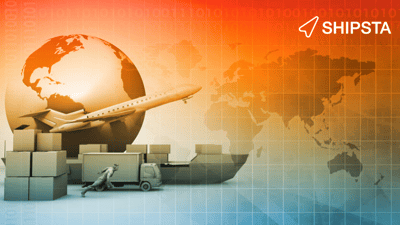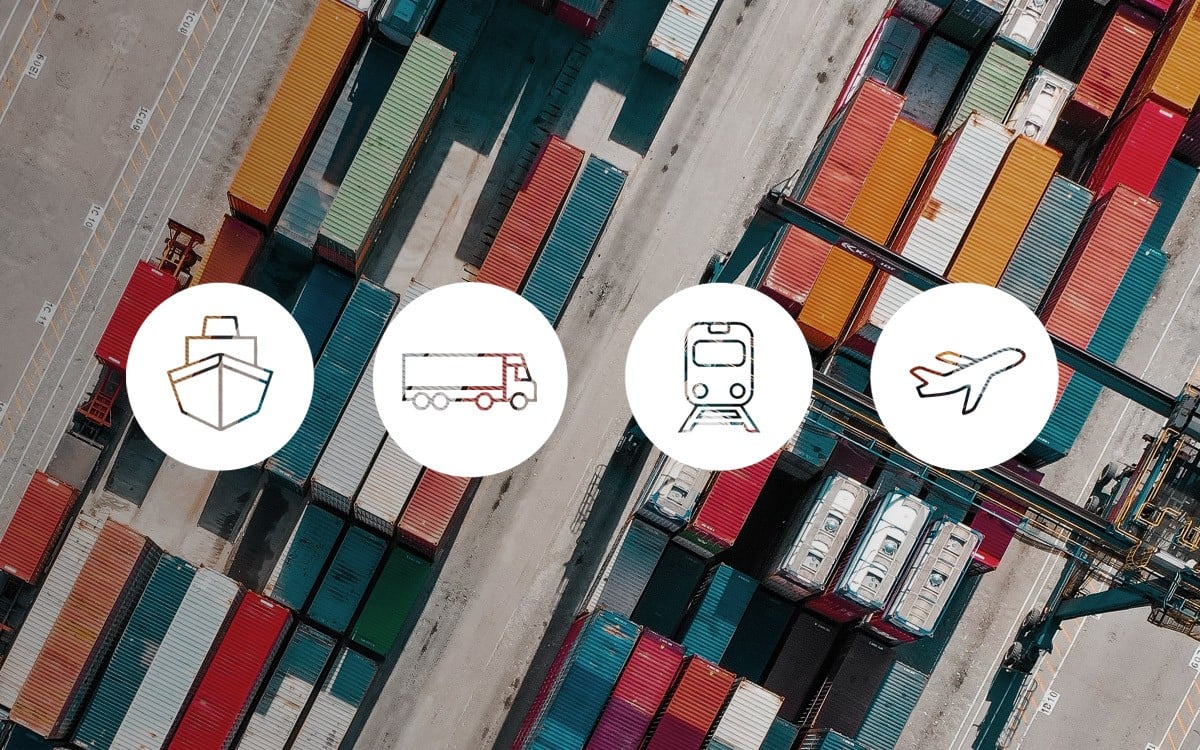The term ‘visibility’ is thrown around a lot in logistics – and for good reason. It’s recognized by experts as the key to implementing an agile strategy that can react quickly to market disruptions.
But what does supply chain visibility actually mean in real terms? And how does it boost freight procurement teams’ agility?
Let’s break down what real supply chain visibility looks like and how it can help you build an agile freight procurement strategy.
What is supply chain visibility?
 Broadly speaking, supply chain visibility is simply the ability to track components and manufactured goods from suppliers to manufacturers and your customers. This includes tracking the data, cost and other information about your supply chain.
Broadly speaking, supply chain visibility is simply the ability to track components and manufactured goods from suppliers to manufacturers and your customers. This includes tracking the data, cost and other information about your supply chain.
Gaining supply chain visibility became increasingly difficult as much of the western world’s manufacturing moved offshore. In the U.S., for example, employment at American factories dwindled from 17 million in 1985 to just 11.5 million in 2010, despite a growing population.
As manufacturing moved offshore, tracking the movement of components and goods became a hugely complex task.
To simplify supply chain visibility, it's simplest to break it down into two different types - external and internal supply chain visibility:
External supply chain visibility
Every company’s supply chain will rely on a lot of other firms to succeed. Whether it’s shipping liners, trucking firms or warehousing software, there can be tens or even hundreds of stakeholders involved. This means you often need to rely on external stakeholders to get the insights for good supply chain visibility.
For example, if you want to see where a cargo ship carrying your goods is, you need external tools which track containers on liners.
Getting this type of visibility can be extremely difficult and you have less control over it compared to the supply chain information you manage internally. However, there are still barriers to accessing even internal supply chain information.
Internal supply chain visibility
Internal supply chain visibility is everything logistics teams manage in-house, for example, freight procurement processes, freight cost and invoicing and carrier data.
Although getting visibility into this side of the supply chain is easier compared to the external supply chain, it can still be more difficult than you think.
The complexity of supply chains today mean logistics teams are managing hundreds of carriers, sea routes and suppliers, and they can become overwhelmed with all the resulting data. This issue is often made worse by logistics teams managing this massive amount of information using non-specialised software, such as Excel. This leads to data silos, making an oversight and total visibility impossible.
What is freight sourcing agility?
Agility has become a massive topic in the logistics sector ever since big supply chain disruptions started in 2020 (which are still ongoing).
Agile freight sourcing is about being able to source freight rapidly and adjust your strategy quickly to overcome disruptions in your supply chain. Agile teams consistently analyse their strategy and tender regularly to ensure they’re keeping up with changes to the market.
For example, an agile procurement team could adapt quickly to the supply chain disruptions caused by the war in Ukraine by quickly strategizing and tendering new routes.
Learn more about agile in our agile freight sourcing whitepaper.
So, how can supply chain visibility help you achieve this kind of agility?
How does supply chain visibility enhance agility?
While working quickly and overcoming disruption may seem like a team structure issue, supply chain visibility is vitally important to implementing an agile strategy.
Agile teams regularly plan their tendering strategy using data from their own company and the logistics market to learn what challenges they’re likely to face and prioritise tasks.
Agile shippers set clear and measurable KPIs so it’s easy to see whether their strategy was successful or not and assess the impact on the overall supply chain. They then use the results to streamline their processes and plan their next short-term strategy.
Do you want to learn seven steps to implementing an agile freight sourcing strategy? And how to enhance your supply chain visibility along the way? Read the eBook on Agile Logistics procurement to learn everything you need to know.



